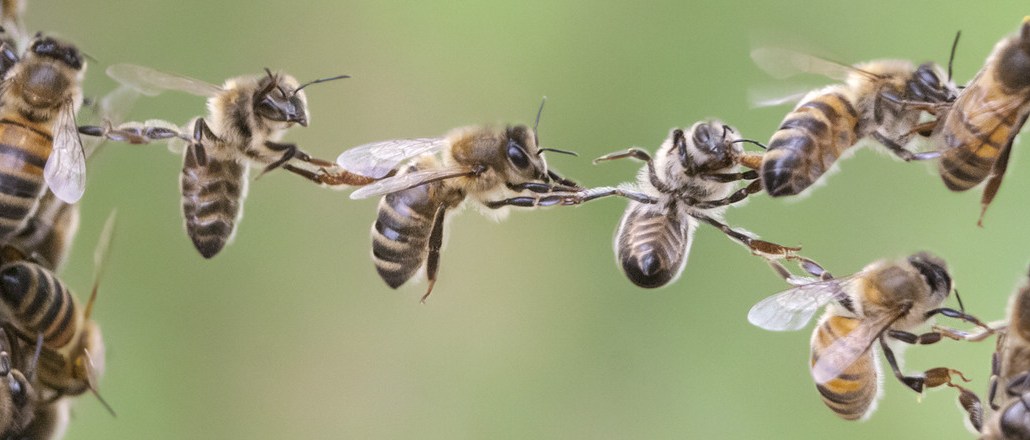How one agency created a unifying brand for a consortium of 195 different companies

Most agencies have one brand’s egos to soothe. MiresBall had 195.
MiresBall was tasked December with coming up with the branding for AirFuel, a global, nonprofit consortium of 195 companies that is developing new wireless charging standards. AirFuel, the members of which include Dell, Intel, Starbucks and AT&T, needed a new logo.
Until November, the world of wireless charging had three different groups. But two of them — the Alliance for Wireless Power and the Power Matters Alliance — merged like a Voltron of technology in November, creating the need for a new unifying branding.
“This was a marriage of two alliances and a good moment in time for us to say, ‘Let’s do this,’” said Jag Wood, director of immersive marketing experiences at Intel and head of the “brand task force” for AirFuel.
For Wood, the hardest part was coming up with a single visual tag that would work across the wide range of different products made by AirFuel’s members. Starbucks, for example, may have AirFuel branding on its cafe countertops. AT&T may put it on packaging for devices. Dell might have it on its PCs. “My background is consumer marketing, but someone in a commercial-focused or an enterprise-focused business will have a different use-case, so I may not think about them.”

In the first round, MiresBall came back with a couple dozen ideas. “Every brand had its representative and every brand had a different way of thinking about it,” said John Ball, creative director and partner of the agency. So Starbucks may have wanted something that would work in-store, while AT&T would need a logo and branding that would work on device packaging.
It’s a tough thing to do: Generally “alliances” between multiple brands tend to result in rather lackluster creative, the one option that is least objectionable to everyone involved. “Campaigns in which multiple competitive brands with common vested interests come together rarely succeed,” said one agency executive.
For example, a recent alliance between PC makers Dell, HP, Intel, Lenovo and Microsoft in October resulted in a joint ad campaign called “PC Does Whaaat?” Observers said it sounded “desperate” and “nostalgic.”
Wood was cognizant, though. “You have people in different parts of the business and industry and also a personal opinion in there,” she said. To prevent too much ego-stroking, she instituted a voting method and limited the number of rounds the design would go through. She set a goal of only three rounds of vetting, and MiresBall used the time to ask for rankings of the top three candidates based on votes from all members. Overall, the brand team looked at about 40 iterations of the logo and identity. The logo will start rolling out this month.
“Assignments are complex, and we are really used to that but this did take it to the next level,” said Ball.
More in Marketing

WTF is the American Privacy Rights Act
Who knows if or when it’ll actually happen, but the proposed American Privacy Rights Act (APRA) is as close as the U.S. has ever come to a federal law that manages to straddle the line between politics and policy.

Here’s how some esports orgs are positioning themselves to withstand esports winter
Here’s a look into how four leading esports orgs are positioning themselves for long-term stability and sustainability, independent of the whims of brand marketers.

Marketing Briefing: Marketers eye women’s sports as a growth area amid WNBA draft, record March Madness
Marketers are considering the space more this year, according to agency execs, with some noting that the women’s athletes may get more attention from brands ahead of the Summer Olympics this July.





